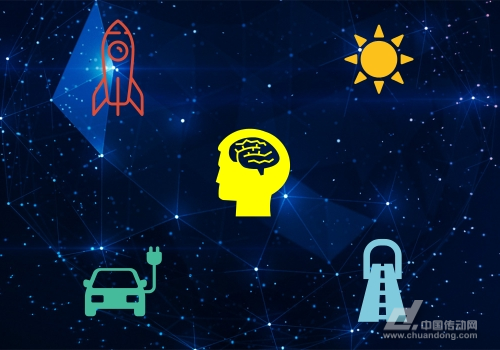The level of wind turbine generator equipment has been extensively used for data analysis using IoT technology, ICT technology, and intelligent technology. The entire wind power and even the photovoltaic industry is undergoing a major transformation. With the advent of digital wind farms, data-based asset performance management can be conducted to further increase power generation and reduce operation and maintenance costs.

At present, China has become the world's largest wind power market. At the same time, benefiting from the increasingly innovative renewable energy technologies, wind power has gradually shifted from expensive energy in the past to parity, and is expected to become the lowest-priced new energy in the future. However, the loss of electricity in wind power plants, the coordination between wind power generation and the grid, and the difficulty of realizing accurate data in centralized control centers are the difficult problems facing wind power operators. At present, wind turbine generator sets have been extensively using the Internet of Things technology, ICT technology, and intelligent technology for data analysis. The entire wind power and even the photovoltaic industry is undergoing a major transformation.
This year, the National Bureau of Energy issued for the first time the "Notice on Announcement of a Wind-Level Price Online Demonstration Project". This means that the age of wind-level Internet access has brought about higher requirements for industry companies in the intelligentization and digitization of wind energy.
China has become the world’s largest wind power country. According to the prospective industry research institute’s “China Wind Power Industry Market Forwardness and Investment Analysis Report,†the data show that in 2016 China’s wind power installed capacity was 23.37 million kilowatts, and the cumulative installed capacity reached 169 million kilowatts; The new installed capacity of offshore wind power was 590,000 kilowatts, and the cumulative installed capacity was 1.63 million kilowatts. According to the latest data, as of the end of June this year, the new grid-connected capacity of wind power in China totaled 6.01 million kilowatts and continued to maintain a steady growth.
At the same time, the problem of wind curtailment and power curtailment that has plagued the wind power industry for many years has improved this year. According to the data, in the first half of the year, the wind power discarded wind power was 23.5 billion kWh, a year-on-year decrease of 9.1 billion kWh. The situation in most of the areas with severe wind curtailment and power restriction has improved, including Xinjiang, Gansu, Liaoning, Jilin and Ningxia. With a decline of more than 10%, the rate of wind curtailment in Heilongjiang and Inner Mongolia dropped by more than 5 percentage points.
As one of the renewable energy sources that is closest to commercialization except water energy, wind energy has become China's third largest power source after coal and hydropower. How to improve the quality of operation and maintenance and save costs has become an important issue that cannot be bypassed in the development of the wind power industry. "Intelligence" has become a breakthrough point. Combining technologies such as the Internet and cloud computing, data analysis using information technology can implement better operational control strategies, improve power generation efficiency, and reduce load.
Whether the wind turbine is equipped with a radar or the wind farm is to be operated intelligently, it has become a consensus in the industry. Then, in the digital era, where is the future direction of development of wind power companies?
Industry insiders made suggestions from both macro and micro perspectives. On the macro level, it is necessary to realize the complementary energy internet and multi-energy, and realize the unified management of load and power supply through digital prediction. Ultimately, through data-driven innovation, sharing, integration, and cross-border are achieved. At the micro level, it is necessary to realize full-scale digitization of the industry. This can be done in terms of data definition, standards, and quality.
With the advent of digital wind farms, data-based asset performance management can be conducted to further increase power generation and reduce operation and maintenance costs. However, in the era of digitalization, the speed of product optimization and iterative speed has also given rise to higher requirements for wind power companies.
Push wall switch socket, hot swich socket, swich and socket
Guangdong Shunde Langzhi Trading CO., Ltd , https://www.langzhielectrical.com